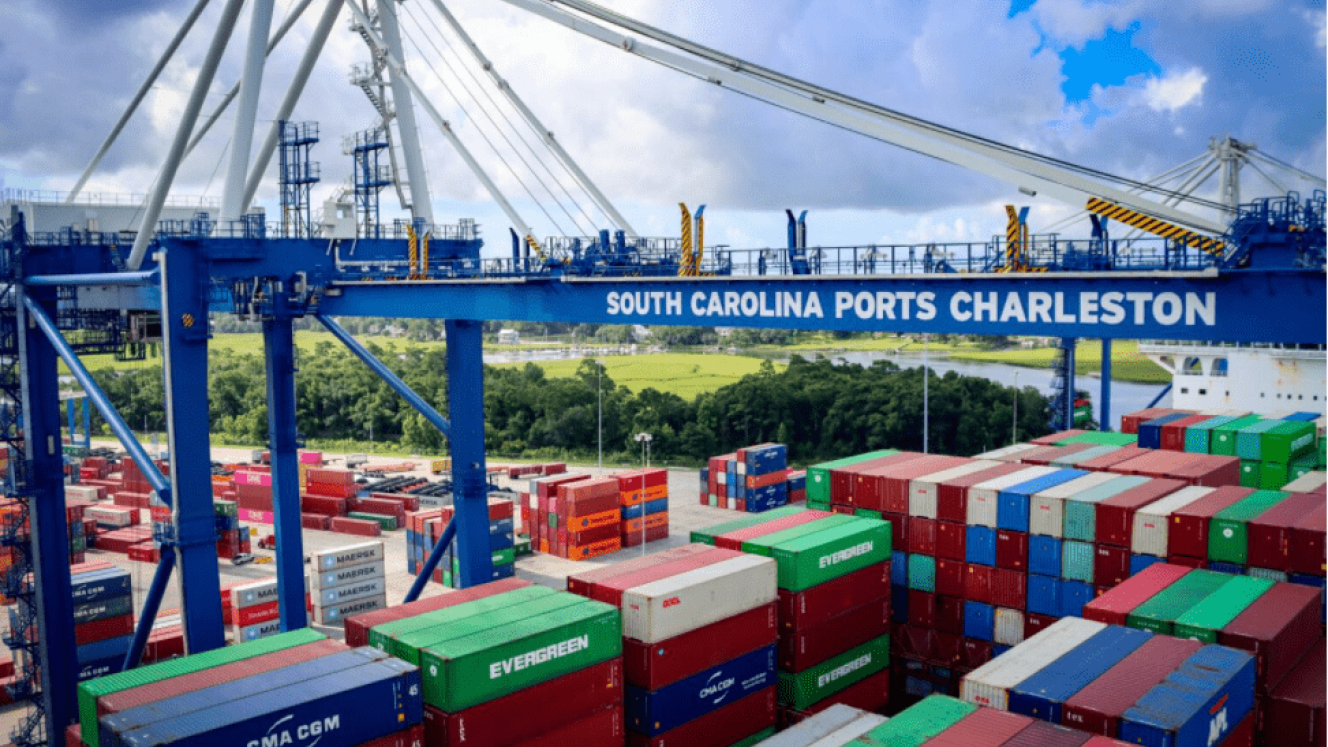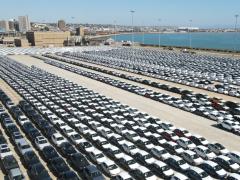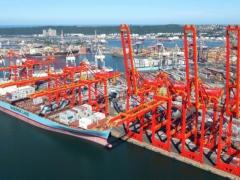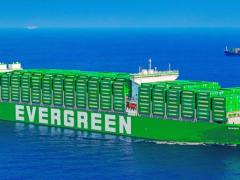With the pandemic-driven surge finally over, monthly import cargo volumes at major US container ports have fallen below the two million TEU mark, and should remain there for most of this spring, according to the Global Port Tracker report released today by the US-based National Retail Federation (NRF) and consulting firm Hackett Associates.
“Ports have been stretched to their limits and beyond, but are getting a break as consumer demand moderates amid continued inflation and high interest rates,” NRF vice president for supply chain and customs policy, Jonathan Gold, said. “Consumers are still spending and volumes remain high, but we’re not seeing the congestion at the docks and ships waiting to unload that were widespread this time a year ago. It’s good to escape some of the pressure, but it’s important to use this time to address supply chain challenges that still need to be resolved.”
In July last year, for example, vessels at the Port of Los Angeles were waiting five to 24 days on average to be offloaded, while at its sister port of Long Beach, delays were adding five to 12 days in waiting time.
And that wasn’t the worst of it. In September 2021, the vessel build-up off America’s west coast totalled about 70 box ships, collectively representing a total capacity of 432 909 TEUs.
But after nearly three years of Covid-19’s impact on global trade and consumer demand, import patterns appeared to be returning to what was normal prior to 2020, said Hackett Associates founder Ben Hackett. “Nonetheless, as inflation eases and consumer spending returns, we project that growth will slowly return going into the second half of the year.”
US ports covered by Global Port Tracker handled 1.78m TEUs in November 2022, the latest month for which final numbers are available. That was down 11.3% from October and down 15.8% from November 2021. It was the lowest total since the 1.87m TEUs in February 2021, which was the only month in over two years to fall below 2m TEUs.
Ports have not yet reported December numbers, but Global Port Tracker projects the month at 1.88m TEUs, down 10.1% year on year (y-o-y). That would bring 2022 – which repeatedly broke monthly records in the first half of the year but saw significant drops in the second half – to an annual total of 25.7m TEUs, down 0.7% from the annual record of 25.8m set in 2021.
Despite the slowdown in cargo, retail sales are on track to meet NRF’s forecast of 6-8% growth over 2021 for both the full year and the holiday season when December’s sales numbers are released next week.
January is forecast at 1.91m TEUs, down 11.5% y-o-y. February is forecast at 1.63m TEUs, the lowest since 1.61m TEUs in June 2020 and a 23% drop from last year, when backed-up cargo kept congested ports busy. March is forecast at 1.75m TEUs, down 25.5% y-o-y; April at 1.94m, down 14.5%, and May at 2m, down 6.2%.
Global Port Tracker, which is produced for NRF by Hackett Associates, provides historical data and forecasts for the US ports of Los Angeles/Long Beach, Oakland, Seattle and Tacoma on the West Coast; New York/New Jersey, Port of Virginia, Charleston, Savannah, Port Everglades, Miami and Jacksonville on the East Coast, and Houston on the Gulf Coast.













